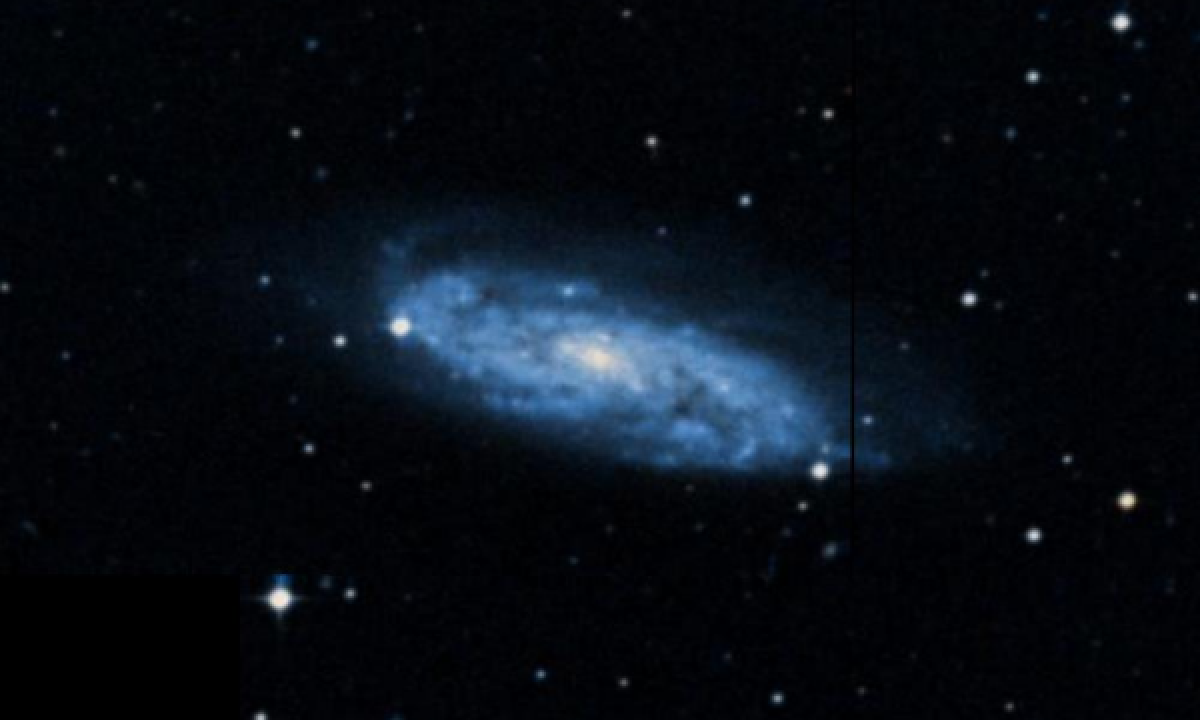The New General Catalogue of Nebulae and Clusters of Stars (abbreviated as NGC) is a catalogue of deep-sky objects compiled by John Louis Emil Dreyer in 1888. The NGC contains 7,840 objects, known as the NGC objects. It is one of the largest comprehensive catalogues, as it includes all types of deep space objects, including galaxies, star clusters, emission nebulae and absorption nebulae.
Know more about NGC
NGC 3511

NGC 3511 is an intermediate spiral galaxy located in the constellation Crater. It is located at a distance of about 41 million light years from Earth, which, given its apparent dimensions, means that NGC 3511 is about 107,000 light years across. It was discovered by William Herschel on December 21, 1786. It lies two degrees west of Beta Crateris. NGC 3511 features two very diffuse, thick, and patchy spiral arms that emanate from the bulge, while there are also other spiral arm fragments. Dark dust lanes can be seen across the spiral pattern. The bulge appears elliptical and is weak. The galaxy is seen at a high inclination, estimated to be 70°. In the centre of the galaxy lies a supermassive black hole, whose mass is estimated to be 106.46 ± 0.33 (1.3 - 6.2 million) M☉, based on the pitch angle of the spiral arms. The galaxy had been classified as a type I Seyfert galaxy, however it features only narrow emission lines, and has been reclassified as a HII region galaxy. The Infrared Spectrograph (IRS) on the Spitzer Space Telescope has detected polycyclic aromatic hydrocarbon (PAH) emission. NGC 3511 forms a pair with NGC 3513, which lies 10.5 arcminutes away from NGC 3511. The two galaxies form a small group, known as the NGC 3511 group, which also includes the galaxy ESO 502-024.
More Images:

Sources:
Wikipedia Page: NGC 3511
NGC 3511 at In-The-Sky website
